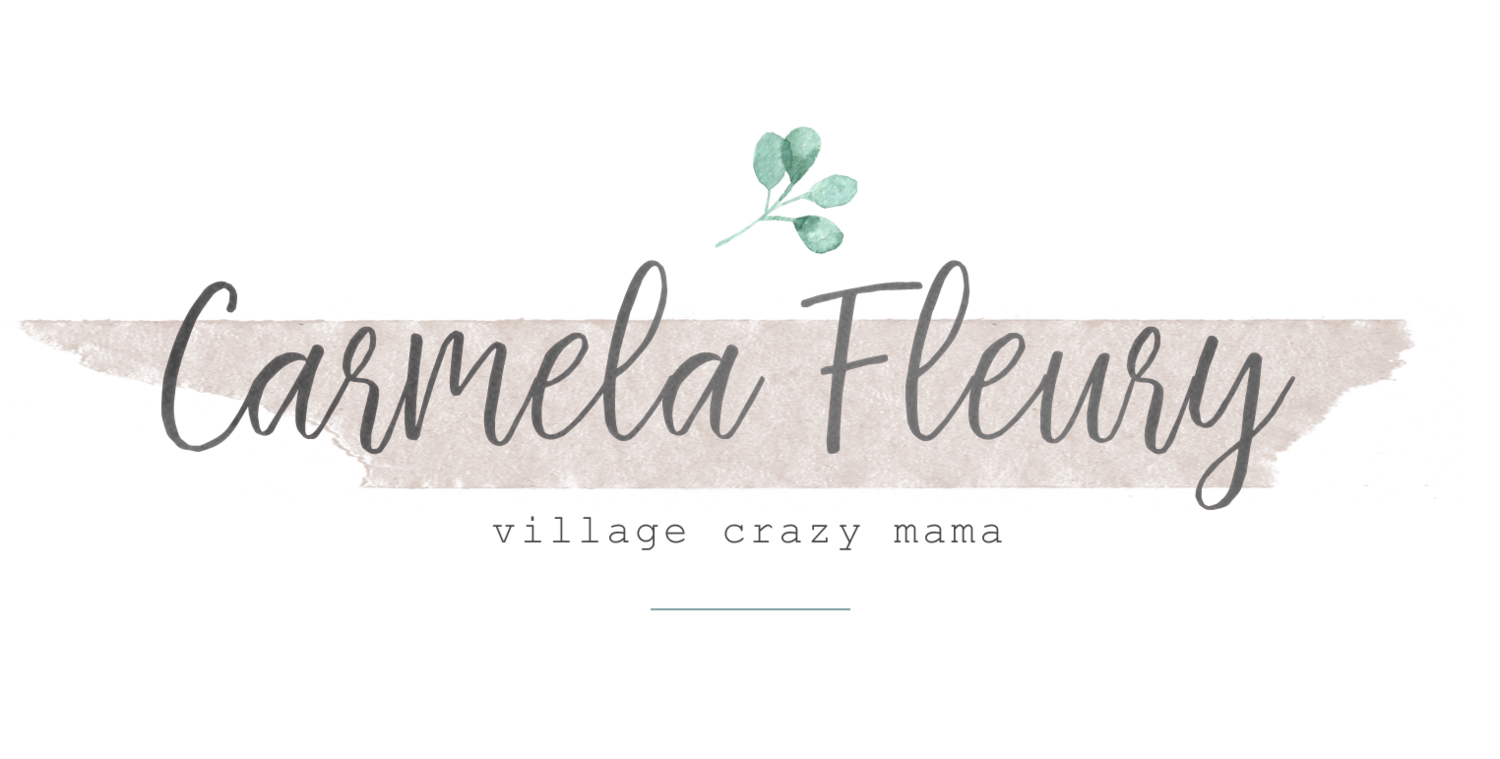Have you ever suffered watching a loved one deal with extreme mental mood swings? Here is what has helped me.
Research shows that it takes 90 seconds to go through the motion of an emotion.
Coughing “BULLSH*T” under my breath, as bipolar disease had my grandfather in a psychiatric ward for 6 months of the year and hammering out brilliant work for the other 6.
The love I feel for my grandfather is so innately interwoven in me. I wish I could have helped soothe his pain while he was alive.
If you’ve seen bipolar up close, you might recognize having vicariously lived this cycle:
EARLY YEARS At a young age, we recognize their genius as they talk about quantum physics, memorize poetry, and are depressed about the concept of infinity after death.
MANIC HIGH Their euphoric upswing into grandiosity is oh-so- mesmerizing. They are filled with this unstoppable bigger-than-life creative juice, an ultra-charged magnetic light. When they walk out of the room, they leave a big energetic void behind them.
AWARDS Their brilliant minds are necessary for the advancement of human evolution. The mania gives them the determination to go that extra mile to isolate themselves, to do more research, more practice. We are the first to stand proud chested when they accept world-renowned awards.
ANTICIPATION As some Ivy Leaguers believe: “It’s lonely at the top.”
We hold our breath, brace ourselves, hoping they don’t descend into that negative self-destructive spiral. The anticipation of the next ‘episode’ is greater than the actual meltdown. That dreaded call from worried friends, the hospital, or the police.
DEPRESSIVE LOW Their stamina to practice more and longer usually equates with less sleep, less self-care, and consequently more burnout. It pains us when they are in pain. They hate everyone closest to them, including themselves. Rage. Anger. Socially inappropriate behavior. Alcohol, sex, drugs, and rock ’n’ roll. Anything to numb the pain. Psychotherapists. Lobotomizing medication.
“Being human is a condition that requires a little bit of anesthesia,” says a drunk and lonely Freddie Mercury in the movie Bohemian Rhapsody.
Maybe as a precautionary reaction to having had a grandfather with a mental illness, I’ve always erred on the side of being an ‘emotional prude,’ as opposed to an ‘emotional slut.’ I don’t openly express my darkness but by the same token I haven’t really allowed my light to shine either.
So, do genius and darkness reside inside all of us but we have simply been socially conditioned to tame them?
Keeping emotions under control is definitely socially WAY more acceptable. But perhaps not as memorable or legendary.
So, let’s dive deeper…
What’s a worthier human existence? The swinging pendulum of high peaks and low lows gaining momentum to reach extremes, or a shallow vacillation towards the center?
Should we rock the boat or hold on tightly to the mast?
This question sent me looking into spirituality for answers.
In Kabbalah, the left pillar is the negative feminine black pillar of contraction. The right pillar is the positive masculine white pillar of expansion.
Similarly, in yin and yang Chinese philosophy, yin represents the negative and dark female forces. While yang represents the positive and bright masculine forces.
The Kabbalah middle pillar represents harmony, equilibrium, and the neutral “present moment.”
Similarly, in Yin and Yang, the fusion of white and black in physical matter is what brings the phenomenal world into being.
Both philosophies agree that the middle is for the spiritually enlightened mystics.
So, how can we fully embody this enlightened state in life, whether our loved ones break the cycle for good or end up committing suicide?
The truth is. Like a body of water.
To be alive is to be in constant motion.
Never static.
As T.S. Eliot eloquently put it: “We must be still and still moving.”
To be moved by the vicissitudes of life while remaining internally anchored. No. Matter. What. The. F*ck. Is. Happening. Externally.
It is said that: “When we change on the inside, we see the outside differently.”
Research shows that lifestyle overrides genetics. We are a victim to our illnesses only to a certain extent. I’m sure my grandfather would have flung a big fat spoon of hot tomato sauce my way if he had heard me say that.
Perdona me Abuelo, but I truly believe that contentment is a lifestyle, an internal muscle to be cultivated, and not tied to external things going a certain way.
No spiritual bypassing, instead training this human mind to compassionately sit with our own shadows (and our loved ones’) and to be with the discomfort of suffering, uncertainty, and loss…
…WHILE strengthening the container of our emotional anchors.
I believe that self-inquiry, self-awareness, and self-care are serotonin generating muscles that will atrophy the second we don’t tend to them. They require constant wind under their wings or it all spirals down.
It takes sharpening of our internal antennae to recognize what fills us up individually, whether is it to write, paint, meditate, practice yoga-nidra, breathwork, walks in nature, read spiritual books, or eat dumplings.
And to proceed to discipline the sh*t out of it. Because when darkness hits again (which it will for all of us, sickness, aging, and death are inevitable) we’ll be able to fall back on a nurturing, restorative, internally self-generated matrix of goodness.
Resulting in a lightness of being.
So, to conclude the “rock the boat or hold on tightly to the mast” question to dealing with our loved ones with extreme mental mood swings and for life in general…
No matter what the crazy-ass weather is, we aren’t just the captain of our ship, we are our own f*cking mast to hold onto and love.




